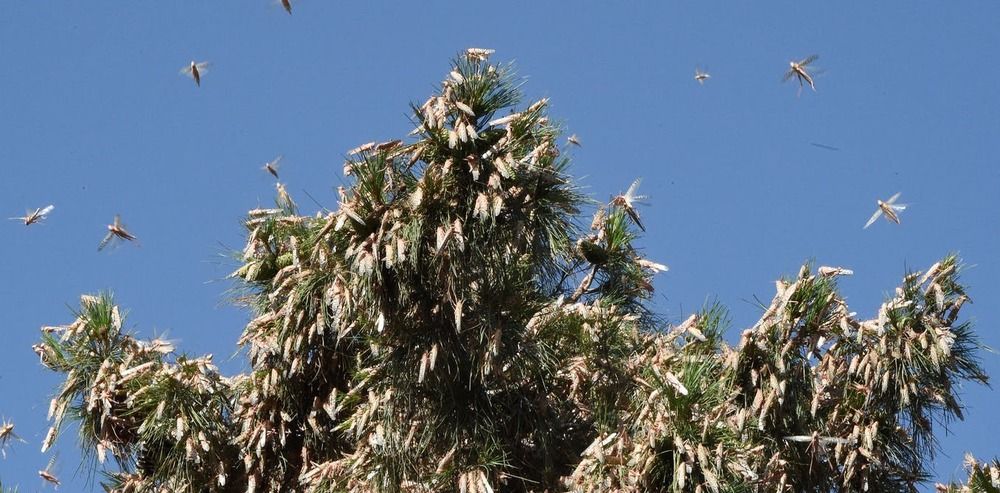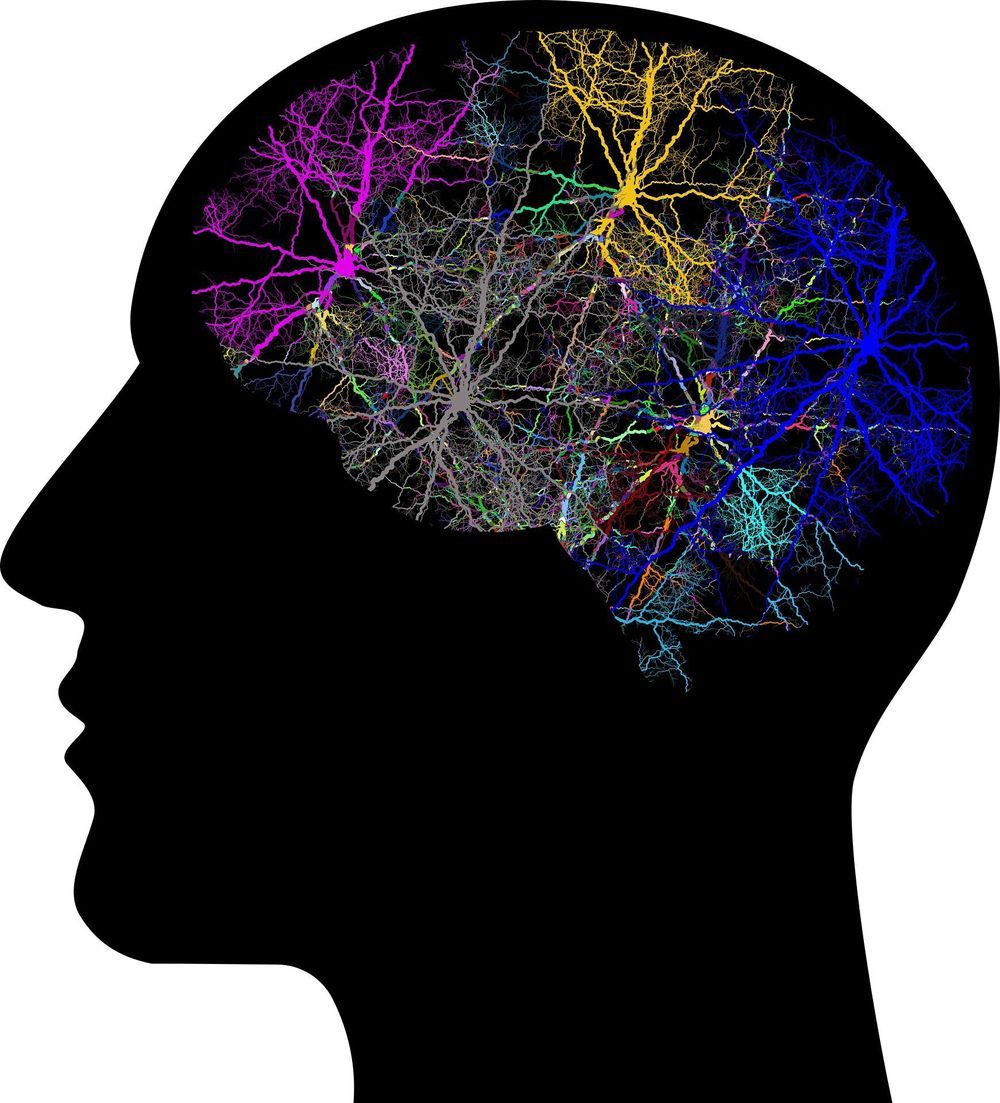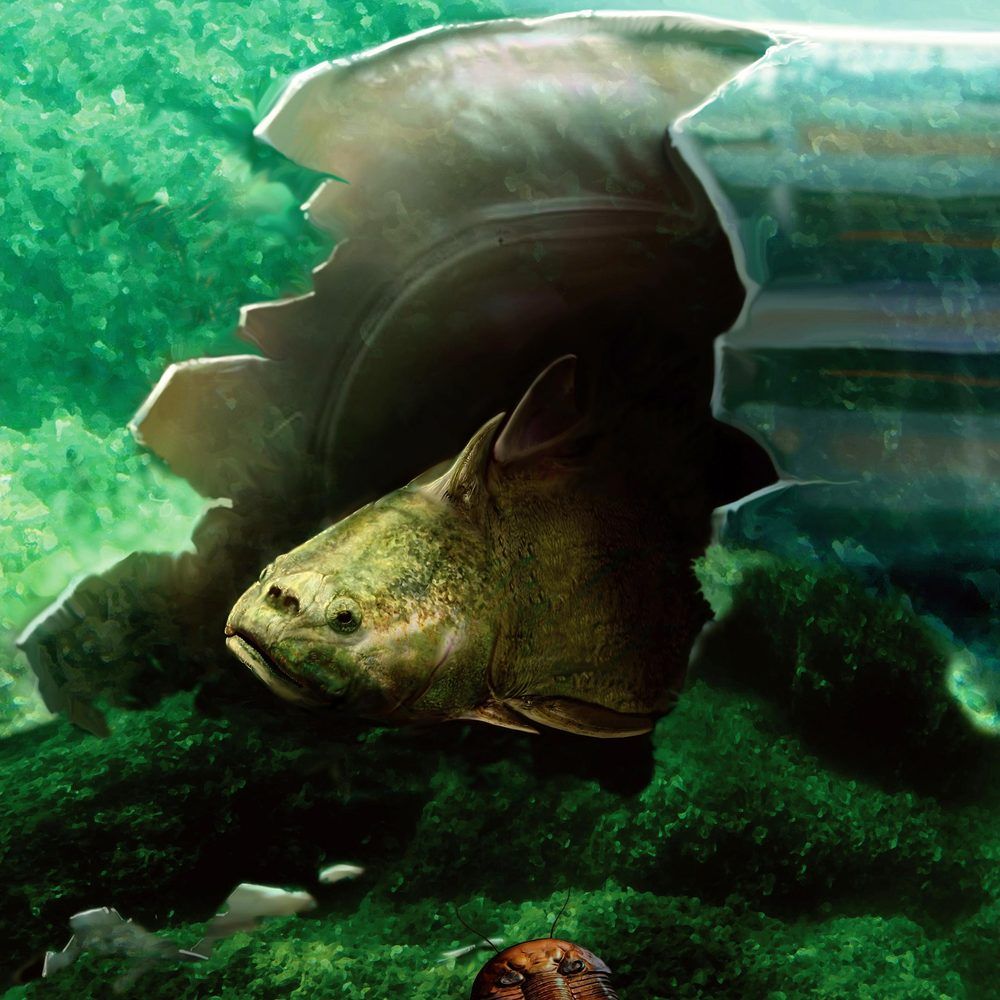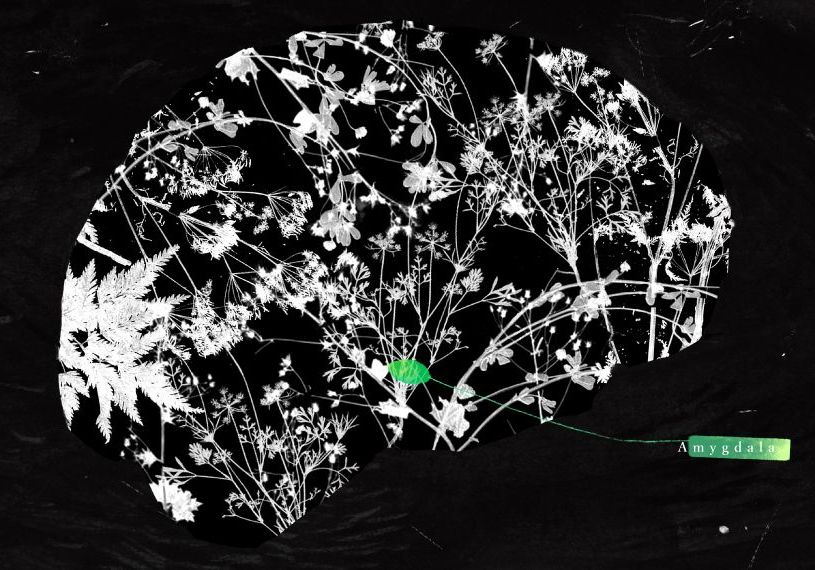Gene drive guarantees that a trait will be passed to the next generation. But should society use this tool to control insect populations?



Recently, Tesla filed a patent called ‘Systems and methods for adapting a neural network on a hardware platform.’ In the patent, they described the systems and methods to select a neural network model configuration that satisfies all constraints.
According to the patent, the constraints mainly include an embodiment that computes a list of valid configurations and a constraint satisfaction solver to classify valid configurations for the particular platform, where the neural network model will run efficiently.
The Reason Behind the Patent.
The 400 kilogram wheeled system moves about the lab guided by LIDAR laser scanners and has an industrial robotic arm made by German firm Kuka that it uses to carry out tasks like weighing out solids, dispensing liquids, removing air from the vessel, and interacting with other pieces of equipment.
In a paper in Nature, the team describes how they put the device to work trying to find catalysts that speed up reactions that use light to split water into hydrogen and oxygen. To do this, the robot used a search algorithm to decide how to combine a variety of different chemicals and updated its plans based on the results of previous experiments.
The robot carried out 688 experiments over 8 days, working for 172 out of 192 hours, and at the end it had found a catalyst that produced hydrogen 6 times faster than the one it started out with.
“We believe we are uncovering the tip of the iceberg in terms of distant SGRBs,” said Kerry Paterson, the study’s first author. “That motivates us to further study past events and intensely examine future ones.”

New research, based on earlier results in mice, suggests that our brains are never at rest, even when we are not learning anything about the world around us.
Our brains are often likened to computers, with learned skills and memories stored in the activity patterns of billions of nerve cells. However, new research shows that memories of specific events and experiences may never settle down. Instead, the activity patterns that store information can continually change, even when we are not learning anything new.
Why does this not cause the brain to forget what it has learned? The study, from the University of Cambridge, Harvard Medical School and Stanford University, reveals how the brain can reliably access stored information despite drastic changes in the brain signals that represent it.

Researchers from the Max Delbrück Center for Molecular Medicine have developed a new tool that makes it easier to maximize the power of deep learning for studying genomics. They describe the new approach, Janggu, in the journal Nature Communications.
Imagine that before you could make dinner, you first had to rebuild the kitchen, specifically designed for each recipe. You’d spend way more time on preparation, than actually cooking. For computational biologists, it’s been a similar time-consuming process for analyzing genomics data. Before they can even begin their analysis, they spend a lot of valuable time formatting and preparing huge data sets to feed into deep learning models.
To streamline this process, researchers from MDC developed a universal programming tool that converts a wide variety of genomics data into the required format for analysis by deep learning models. “Before, you ended up wasting a lot of time on the technical aspect, rather than focusing on the biological question you were trying to answer,” says Dr. Wolfgang Kopp, a scientist in the Bioinformatics and Omics Data Science research group at MDC’s Berlin Institute of Medical Systems Biology (BIMSB), and first author of the paper. “With Janggu, we are aiming to relieve some of that technical burden and make it accessible to as many people as possible.”

The origin of our teeth goes back more than 400 million years back in time, to the period when strange armored fish first developed jaws and began to catch live prey. We are the descendants of these fish, as are all the other 60,000 living species of jawed vertebrates — sharks, bony fish, amphibians, reptiles, birds and mammals. An international team of scientists led by Uppsala University (Sweden), in collaboration with the ESRF, the European Synchrotron (France), the brightest X-ray source, has digitally ‘dissected’, for the first time, the most primitive jawed fish fossils with teeth found near Prague more than 100 years ago. The results, published recently in Science, show that their teeth have surprisingly modern features.
Teeth in current jawed vertebrates reveal some consistent patterns: for example, new teeth usually develop on the inner side of the old ones and then move outwards to replace them (in humans this pattern has been modified so that new teeth develop below the old ones, deep inside the jawbone). There are, however, several differences between bony fish (and their descendants the land animals) and sharks; for example the fact that sharks have no bones at all, their skeleton is made of cartilage, and neither the dentine scales nor the true teeth in the mouth attach to it; they simply sit in the skin. In bony fish and land animals, the teeth are always attached to jawbones. In addition, whilst sharks shed their worn-out teeth entire, simply by detaching them from the skin, bony fish and land animals shed theirs by dissolving away the tooth bases.
NASA’s most advanced Mars rover, Perseverance, will launch from Earth on 30 July on a mission to seek out signs of ancient microbial life on what was once a river delta three-and-a-half billion years ago.
NASA’s next rover to the Red Planet is slated to launch no earlier than July 30. These highlights will get you up to speed on the ambitious mission.
In less than a month, NASA expects to launch the Mars 2020 Perseverance mission from Cape Canaveral, Florida. Loaded with scientific instruments, advanced computational capabilities for landing, and other new systems, the Perseverance rover is the largest, heaviest, most sophisticated vehicle NASA has ever sent to the Red Planet.
“Perseverance sets a new bar for our ambitions at Mars,” said Lori Glaze, planetary science director at NASA Headquarters in Washington. “We will get closer than ever before to answering some of science’s longest-standing questions about the Red Planet, including whether life ever arose there.”
PMBO 2013 ~Russ’s Final Entry Video… OVER 1/2 Million RPM 588,000RPM NEO Sphere Air Bearing With ABHA Coil. other entry will be posted here: http://rwgrese…

The amygdala is the brain’s surveillance hub: involved in recognizing when someone with an angry face and hostile body language gets closer, tamping down alarm when a honeybee buzzes past, and paying attention when your mother teaches you how to cross the street safely and points out which direction traffic will be coming from — in other words, things people should run away from, but also those they should look toward, attend to and remember.
In that sense, researchers say, this little knot of brain tissue shows just how tangled up emotion and social behavior are for humans. “Important events tend to be emotional in nature,” as do most aspects of social behavior, says John Herrington, assistant professor of psychiatry at the Children’s Hospital of Philadelphia in Pennsylvania.
As a result, the amygdala has long been a focus of autism research, but its exact role in the condition is still unclear.